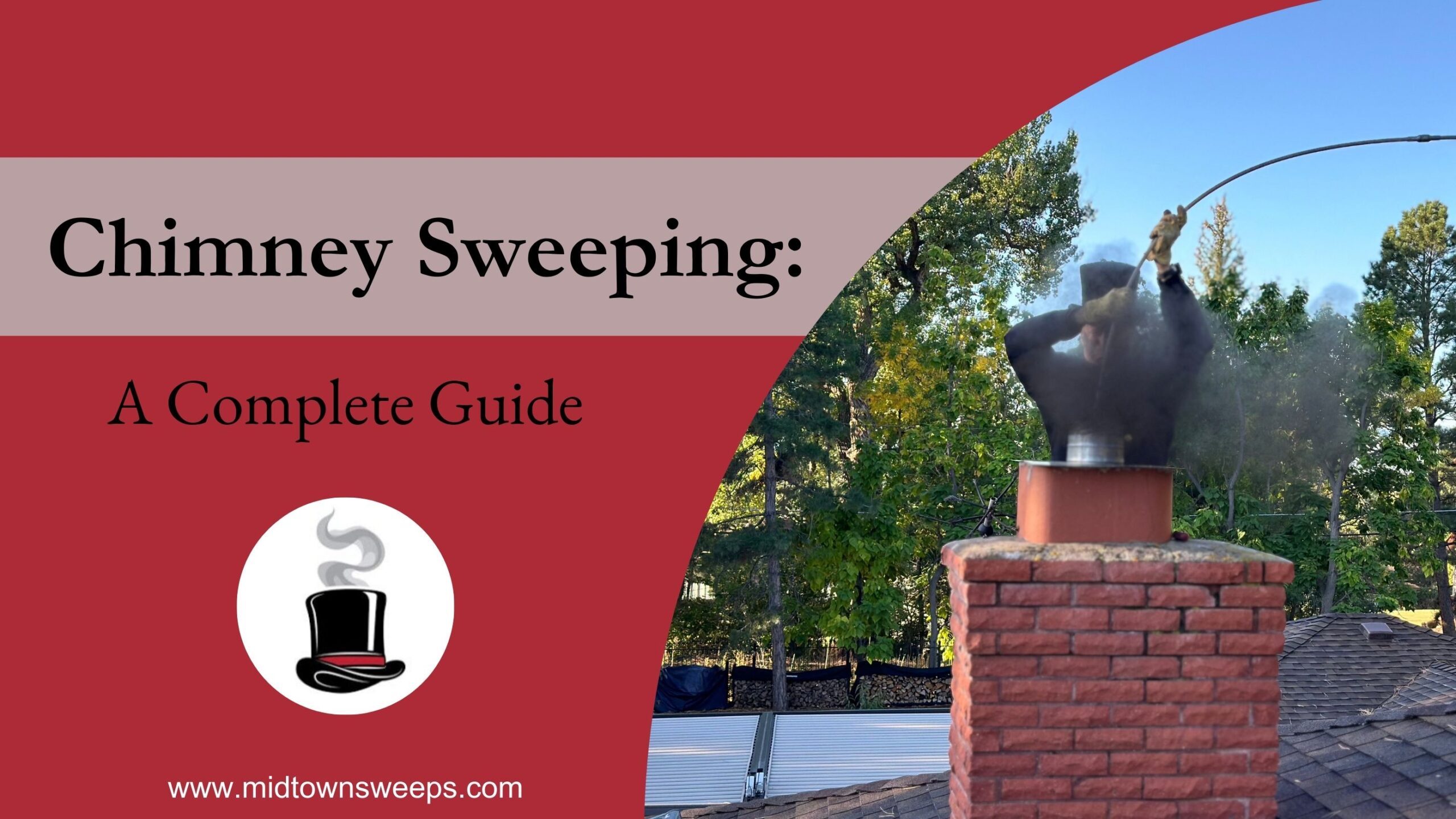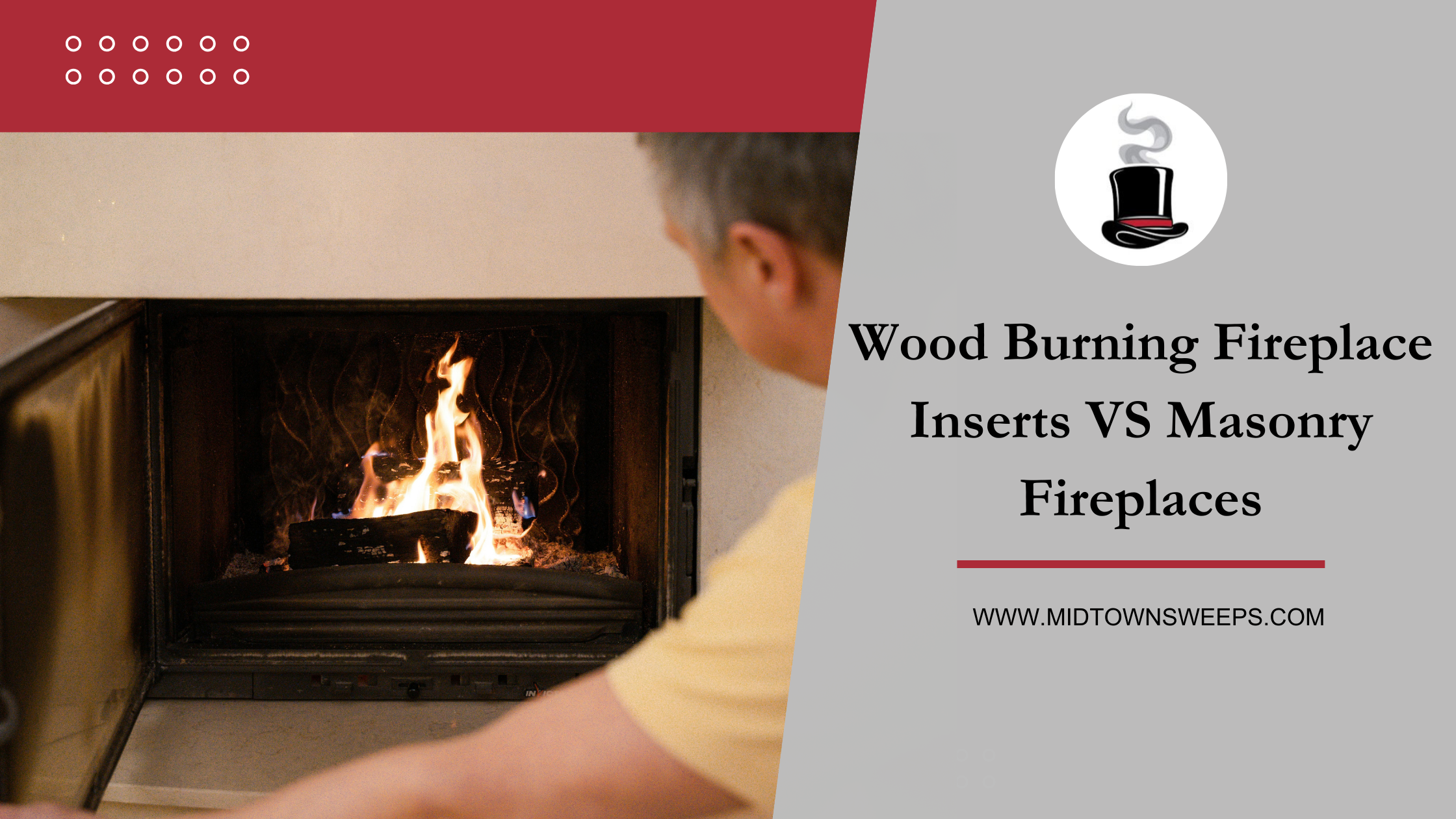Man and fire. Mankind versus the elements. Some battles rage on regardless of cultural and political boundaries or enemy occupation. The Great Frost of 1709 covered Western Europe and caused so many deaths that it was likened to an invading army. The Dutchess of Orleans wrote in a letter to her aunt in Germany that she had never been so cold in her life- and she was wrapped in furs sitting next to a roaring fireplace. A rich man can freeze as easily as a poor man. Central heat may come and modern boilers may go. But there is no heat like that of an open wood burning fireplace. That is why the fireplace will never die.
The cold of a moist winter air off the shore of Rochester can bite so hard that the skin will hurt. Such a ferocious cold needs an equally ferocious foe. That is why the fireplace will never die.
In the Robin Hood tales of Wales and England we often read the casual reference to the peasant farmers inviting the good natured bandit into their hearth. Their hearth? We think it might be a typo at first, because why in our modern tongue would we invite someone into our hearth? And the answer is, the home is where the fire was. The merriment of friends sharing a memory around the fire. Heat that fights the cold winter air and the smell of fresh baked goods all originated from one place in the home- the fireplace. This was the center of medieval life. Yet perhaps it is deeper than that.
To this day the fireplace is often the subconscious focal point of photographers when taking real estate photos. It has the best associations with human tradition- celebration of Christmas. The Yuletide log. Santa Claus. The birth of the Christ child. When family comes over at Christmas we often gather not in the kitchen, but by the fireplace. The wood burning fireplace is still the center of the North American life. Warm climates or cool climates, it’s the fireplace where we wish to gather to signify warmth of heart and home. Perhaps that is why the word hearth and the word heart are spelled so close. Hearth and Heart. Hearth and Home. And that is why the fireplace will live forever.
Consider these recent statistics about how we value the fireplace today:
Heating Your Home*
- Thirty-four percent of wood or pellet stove owners view their stove as a major heat source; 50 percent consider it to be a secondary source of heat.
- The primary motivation of 42 percent of consumers that installed a hearth product in their home was to save on heating costs, while 19 percent wanted to make a cold room warmer or to use as a back up source of heat.
- Using supplemental hearth appliances to heat the rooms used most allows a house’s thermostat to be turned down, lowering heating costs . This “zone heating” can provide energy savings of 20-40 percent (American Council for Energy Efficient Economy).
- Forty-four percent of gas fireplace owners use their appliance as a supplemental heat source.
Increasing the Heat to a Home*
- Fireplaces have a strong, positive effect on the value of a home: 46 percent of home buyers are willing to pay more for the feature, adding about $1,220 to a home’s worth per fireplace (National Association of Realtors).
- Fifty-eight percent of hearth owners consider their fireplace, wood or pellet stove or insert to be a major design feature in their home.
- The master bedroom is the most desired room to add a second fireplace/stove (NAHB).
- The consumer estimate for the average increase in home value from adding a hearth appliance is approximately $2,750.
To have your fireplace serviced and inspected today, call the company you can trust, Midtown Chimney Sweeps 844-793-3766.
Or fill out the form below!
*Thank you to the Hearth, Patio and Barbecue Association State of the Industry Report 2011.











